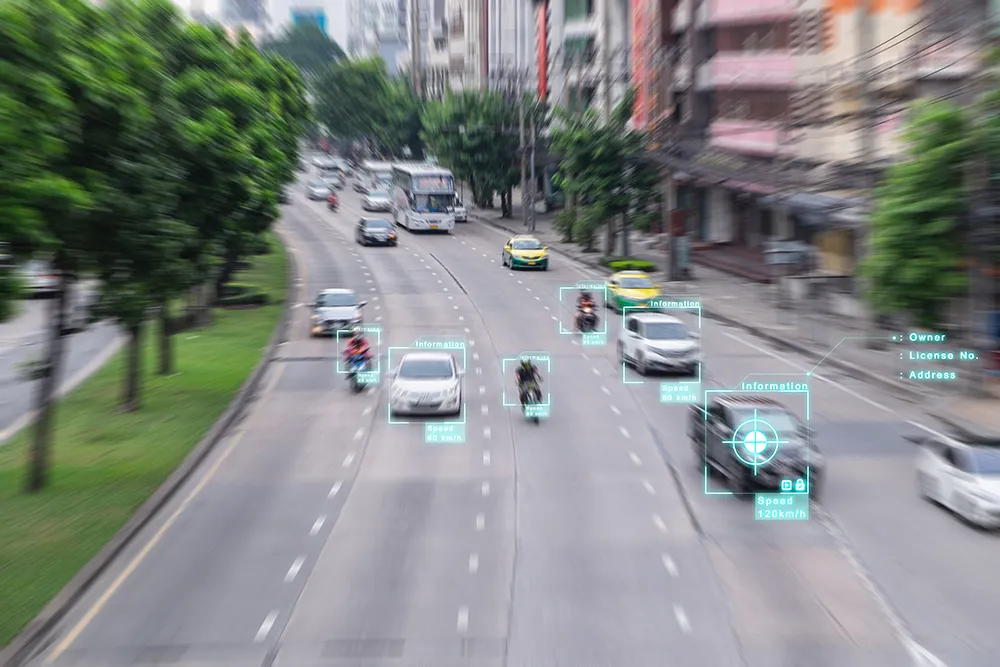The new EU co-funded project Compass4D recently launched by Ertico-ITS Europe is designed to prove the benefits of cooperative systems and deploy services for road users to increase road safety and energy efficiency, while reducing the level of congestion in road transport. Compass4D target users are drivers of buses, emergency vehicles, trucks, taxis, electric vehicles and private cars. They all need information to make their driving safer, less stressful and more energy efficient. As a consequence, bus dr
January 30, 2013
Read time: 2 mins
The new EU co-funded project Compass4D recently launched by 374 Ertico-ITS Europe is designed to prove the benefits of cooperative systems and deploy services for road users to increase road safety and energy efficiency, while reducing the level of congestion in road transport.
Compass4D target users are drivers of buses, emergency vehicles, trucks, taxis, electric vehicles and private cars. They all need information to make their driving safer, less stressful and more energy efficient. As a consequence, bus drivers will get support to better keep their time schedules. Emergency vehicles will safely reduce response times to emergency situations and drivers of electric vehicles will benefit from extended driving range. Truck, taxi and bus drivers will be more relaxed when travelling through equipped intersections.
One of the cooperative intelligent transport systems (ITS) promoted by Compass4D is energy efficient intersection control, giving priority to emergency vehicles and allowing all vehicles to adapt their speed to the traffic lights timing.
The work of Compass4D is driven by the needs of cities and public road authorities, which will play a central role in the project as providers of real-time information provided by the infrastructure to the vehicles. The services implemented by Compass4D will be kept even after the end of the project, therefore solid business models and exploitation plans will be developed to ensure the continuity and future sustainability of the services. The work plan includes standardisation for global deployment and cooperation with US and Japanese associates.
The pilots of real life driving will involve at least 574 users and 334 vehicles in seven European cities, Bordeaux, Copenhagen, Eindhoven-Helmond, Newcastle, Thessaloniki, Verona and Vigo over one year, but the number of users and vehicles is expected to grow during the project.
Compass4D target users are drivers of buses, emergency vehicles, trucks, taxis, electric vehicles and private cars. They all need information to make their driving safer, less stressful and more energy efficient. As a consequence, bus drivers will get support to better keep their time schedules. Emergency vehicles will safely reduce response times to emergency situations and drivers of electric vehicles will benefit from extended driving range. Truck, taxi and bus drivers will be more relaxed when travelling through equipped intersections.
One of the cooperative intelligent transport systems (ITS) promoted by Compass4D is energy efficient intersection control, giving priority to emergency vehicles and allowing all vehicles to adapt their speed to the traffic lights timing.
The work of Compass4D is driven by the needs of cities and public road authorities, which will play a central role in the project as providers of real-time information provided by the infrastructure to the vehicles. The services implemented by Compass4D will be kept even after the end of the project, therefore solid business models and exploitation plans will be developed to ensure the continuity and future sustainability of the services. The work plan includes standardisation for global deployment and cooperation with US and Japanese associates.
The pilots of real life driving will involve at least 574 users and 334 vehicles in seven European cities, Bordeaux, Copenhagen, Eindhoven-Helmond, Newcastle, Thessaloniki, Verona and Vigo over one year, but the number of users and vehicles is expected to grow during the project.









